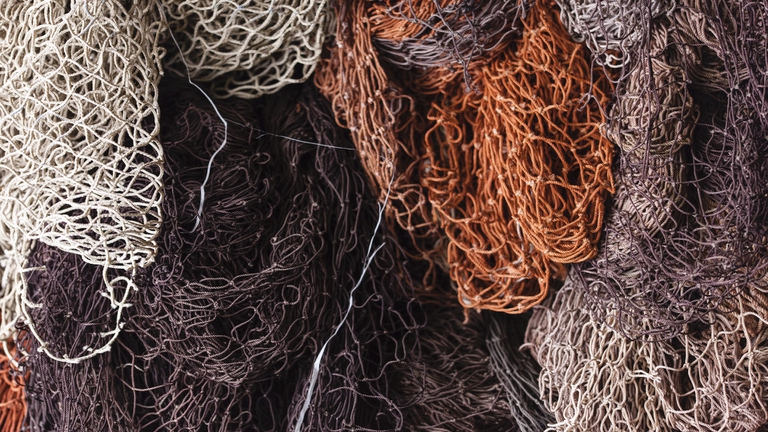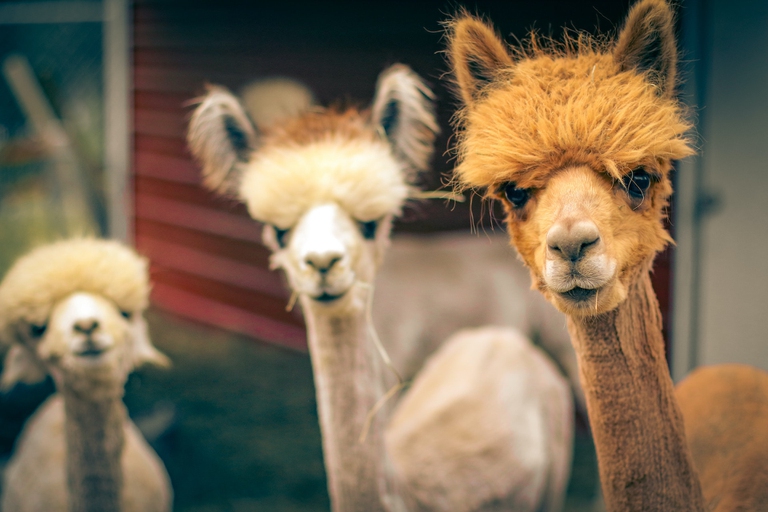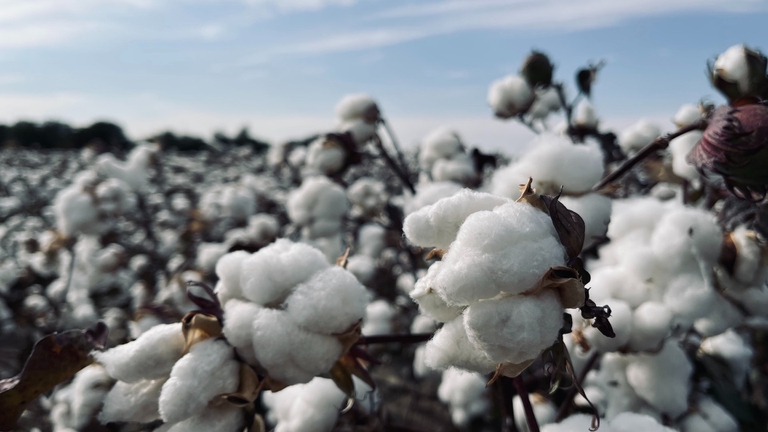https://www.lifegate.it/acquisti-responsabili
- |
- Responsible fashion purchases:For more than a year, every month we have been offering you a selection of some fashion brands that respect the environment and workers
- This month we wanted to answer some of the most frequent questions asked by our community
- Among the hottest topics are price, choice of materials and whether or not it belongs to the luxury category
For some time we have been publishing a column in which we recommend some brands sustainable fashion to make some responsible purchasing from an environmental point of view and we often receive questions or comments on some crucial issues.We have condensed the most frequent ones and tried to give answers, explaining our editorial choices and trying to provide some explanations regarding hot issues such as price range, the choice of materials or whether or not to include luxury brands.
Responsible purchasing is often prohibitive
It is important to understand the origin of the price we find written on the price tag and, to establish whether the figure we read makes sense or not, we must take many factors into account.First the cost of raw material, to which must then be added that of the production process, one fair pay for labor at all stages, the fixed management costs, such as a shop for example, and finally a profit margin must be calculated for the manufacturer brand.When a price is very low, it is clearly attractive, but you must always ask yourself the question:At what stage of the process did you save money to make the boss pay so little?Whatever the answer implies harm to someone, the environment or the people who worked there:the cheapest materials are also the most polluting ones, such as synthetic fibers derived from petroleum, the least expensive production processes are also the most invasive and the cost of labor can hardly be reduced without someone finding themselves in exploitative conditions.
Recycled fibers also have impactful processes
It's absolutely like this:for this reason it is always important to inform yourself about the process, but above all about the composition.Nylon, being a petroleum derivative, has very high environmental costs:the fact that today we are able to obtain nylon from other nylon already present in the form of waste is a very good thing, obviously, but we need to clarify the process.Not all the nylon present in the world in the form of waste has the possibility of being recycled with a process other than that too energy intensive:one of the sources of post-consumer nylon, for example, is fishing nets. If these are treated with a copper-based anti-algae they can enter the recycling process, otherwise not.It is also very important to look at the composition of the garment made with recycled fibers to make responsible purchases:if it is made exclusively from nylon and recycled nylon for example then it is, in turn, easily recyclable again.Otherwise no:products in which the recycled nylon it is coupled with many other materials or textile fibers of other origins, such as natural fibers or lurex.

Is it a choice linked to sustainability to produce for small breasts?
Sustainability also means embracing all body types.In our selection of responsible purchases we also give space to those brands which, without prejudice to the environmental aspect, are committed to being inclusive from a environmental point of view.gender identity, but also compared to different body types or to the many nuances of human skin.It is not easy, for those who do not have a standard build, to find aesthetically pleasing and perhaps even environmentally friendly alternatives, it is therefore important to talk about the plurality of bodies and needs in terms of clothing that exists in today's society, from the request for sizes “plus size” to respect gender identity also through the collections.
Why do you give visibility to luxury brands?
Because we believe it is important to give visibility to all the organizations that are committed to changing things on theenvironmental impact.Buying or not buying a luxury brand is a free choice and, often, brands in this sector that are part of holdings or large groups have considerable economic resources available to carry out their business. research and development, for example on new materials, or by investing inefficiency of production processes.Premium materials and particular workmanship, perhaps hand-made, place some brands in a price range that is certainly not democratic, but is justified by the raw materials or production processes.Furthermore, there is one fact to consider:high-end brands often have more disposable income and can allocate more funds to research and development.Not only that:they are those sector players that everyone looks at, who dictate trends, for better or for worse.
Does wool from alpacas sound sustainable to you?
Wool, as natural fiber, has a lower environmental impact than synthetic alternatives and, where the appropriate certifications are present, we are sure that animals are not mistreated.Furthermore, this fibre, which is 110 percent natural, requires much less energy than synthetic fibers to produce, is more easily recyclable, does not produce microplastics, and is 100 percent biodegradable and durable over time.Wool also has a lot of properties that make it an excellent material from many points of view:And breathable, but it is also thermoregulatory, this means that keeps body temperature constant and therefore it can be worn, obviously depending on the weight, both in summer and winter.Not only that:wool is also responsible for the survival of many vulnerable communities that in various parts of the world sustain themselves thanks to the breeding of sheep or goats for its production.

Cotton cultivation is responsible for the desertification of entire areas around the world
Very true:The Aral Sea in Uzbekistan for example, today it has lost 75 percent of its volume and the desertification of the basin is mainly due to the intensive cultivation of cotton, desired by the Soviet regime starting from the Cold War.Cotton is a resource, it is a versatile and durable fibre, but the problem lies in the type of cultivation.What led to the desertification of the Aral Sea was the aggressive and intensive mode.This is why it is important to prefer mostly Certified organic organic cotton.According to data released by Textile exchange, traditional cultivation requires much more water:organic cotton saves money 1,930 liters for each ton.But the use of polluting chemical agents is also a fundamental disclaimer:in the cultivation of traditional cotton it is massive and involves a progressive weakening of the soil which, due to the effect of the monoculture and the pollutants absorbed, becomes increasingly less fertile, thus requiring the use of more water for irrigation.In growing organic organic cotton, they come eliminate chemicals toxic and pest control is entrusted to organic cultivation practices and beneficial insects:this ensures that the fertility of the territory remains high.

So every month we have to buy clothing and pollute even more?
Obviously not.In fact, our mantra is:buy less, buy better, perhaps investing in better quality garments and then committing to their care to ensure that last as long as possible.One of our mantras is the rule of #100wears:that is, the fundamental question to ask yourself before buying something is, will I wear it at least 100 times?Doing this calculation is useful both for putting the cost of a dress or accessory into perspective:Maybe we pay a lot for it, it's true, but if we wear it for a long time its cost is mitigated.What about a cheap piece that we will wear once only because it is of poor quality or because it is linked to a passing trend?His cost per wear it will be decidedly high.With a view to having a functional wardrobe, our suggestion is to make targeted purchases, with a view to building a capsule wardrobe:this term, of Anglo-Saxon origin, identifies the fact of having few, but high quality, pieces that can be combined with each other in order to create always different looks.
Do you also consider shipping when choosing?
Shipping is an important topic, which is why we try to give space and visibility to those who employ it certified couriers and maintains a short production chain.Transport is a factor that has a huge impact, especially in the food sector online shopping, or in that of rental clothes.Many of the selected brands have a very short production chain, within a radius of kilometers, or they produce, and consequently ship, only based on what is received. actually bought.Brands based in other parts of the world find their rationale in supporting local communities or in generating a virtuous working ecosystem in the place where they are located.
Sustainable brands are often not satisfactory from a design point of view
Research and development from the point of view of new materials today has made combining them easier than in the past creative effort and environmental and social sustainability, which is why we often host young designers and brands in this column who they include in their models new generation materials, Perhaps bio-based, able to imitate the qualities of original materials, such as leather.There are many bio-based materials today and they are valid from a performance point of view:this guarantees designers much greater freedom of expression than in the past.
